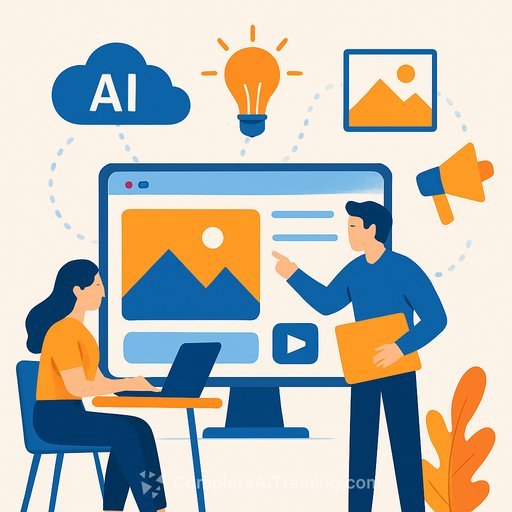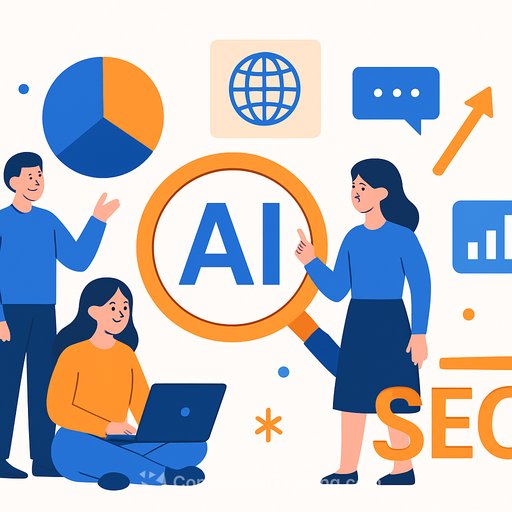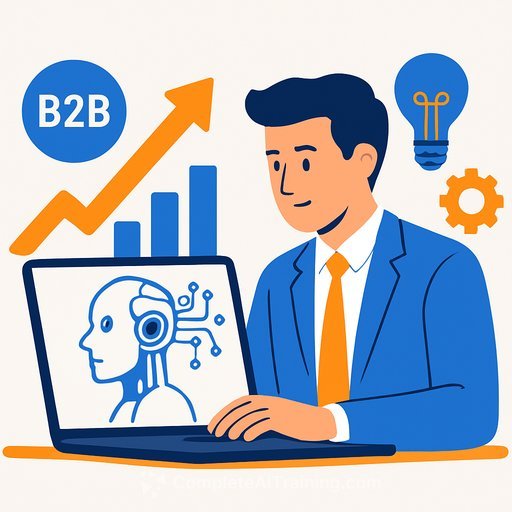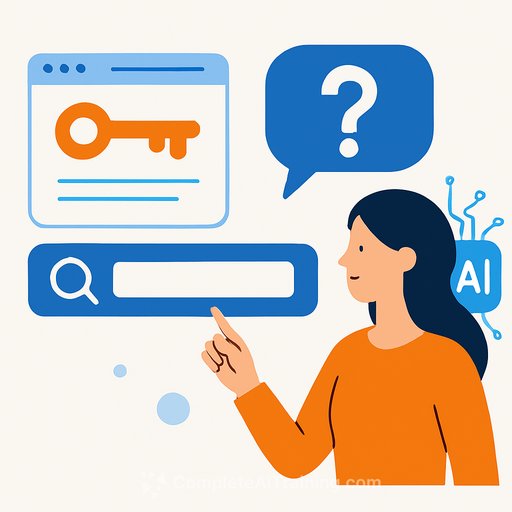WPP opens its AI playbook to brands: meet WPP Open Pro
WPP is rolling out WPP Open Pro, an AI-powered marketing platform that lets brands plan, create, and publish campaigns without going through a traditional agency workflow. It's built for smaller brands that skip full-service retainers and for enterprise teams that want more control and speed.
The bet is clear: brands are already using AI for creative and planning. Instead of losing work to in-house teams, WPP is meeting that demand directly with integrated delivery models and self-serve tools.
What's new and why it matters
- Self-serve campaigns: Generate channel-specific ads in seconds. Upload brand-approved assets, blend with AI-generated content, and ship.
- Direct publishing: Push creative straight to major platforms or route it through WPP's Open Media Studio for distribution and optimization.
- Built for different sizes: Aimed at smaller brands and existing WPP clients that want in-house speed with enterprise guardrails.
WPP, which owns Ogilvy, AKQA, and WPP Media, says it's the first among major peers to offer a range of integrated AI delivery models directly to clients. That's a strategic shift as the fee-based agency model gets squeezed.
The leadership signal
Cindy Rose, who took over from Mark Read last month, is steering the move. Her stance: creative and strategic talent stays central, but technology is reshaping how marketing gets delivered. Opening up the platform expands WPP's addressable market and puts its AI stack in more hands.
How marketers can use WPP Open Pro right now
- Launch faster: Spin up creative variations by channel (stories, reels, display, OOH mockups) and test messaging without long production cycles.
- Lock the brand: Set brand kits, approved imagery, copy rules, and compliance guardrails so speed doesn't break consistency.
- Run local plays: Think "new store" promos, franchise support, seasonal pushes, and geo-targeted bursts where volume and speed matter.
- Close the loop: Publish via Open Media Studio or direct to platforms, then iterate on top performers with fresh variants.
What this means for your team and budget
- More in-house momentum: Expect fewer handoffs and fewer one-off agency fees for everyday creative.
- Agencies won't vanish: Keep them focused on brand platforms, big ideas, and complex orchestration-let AI handle volume work.
- Quality vs. speed trade-offs: Set clear thresholds for when human craft wins over quick-turn AI output.
- Governance is non-negotiable: Define usage rights, disclosure policies, and data handling upfront.
Practical next steps
- Audit your content pipeline. Flag repetitive formats that slow you down (social cuts, banners, localized assets).
- Set your brand system inside the tool: logos, color rules, tone of voice, do/don't prompts, legal checkpoints.
- Pick three use cases to pilot for 30 days. Measure time saved, cost per asset, and performance lift from rapid iteration.
- Integrate approvals. Map who signs off on what so speed doesn't create risk.
- Upskill your team. Writers, designers, and media managers should know how to brief, QA, and optimize AI-generated work.
Competitive context
WPP lost the top spot to Publicis last year, and the market has been punishing slow pivots. This move is about meeting client behavior where it's already headed-AI-accelerated, in-house, and outcome-driven.
If you're benchmarking the holding company landscape, start with their public positioning and product lines:
Bottom line for marketers
Treat WPP Open Pro as an execution engine. Use it to scale volume, versioning, and distribution while reserving human time for strategy, concepts, and brand-defining moments. Speed is the advantage, but only if you lock the brand and measure what actually drives revenue.
Want help skilling up your team?
If your marketing org is moving to AI-first production, a clear training path helps. Start here:
Your membership also unlocks:






